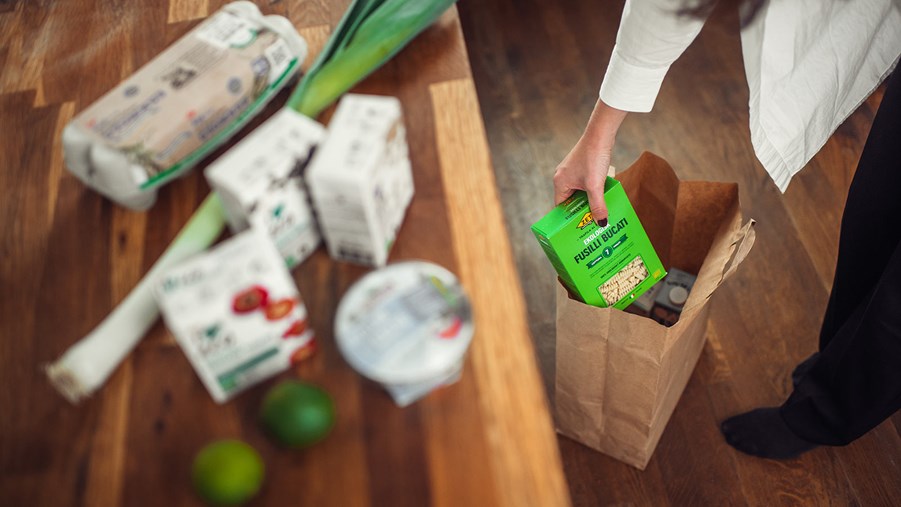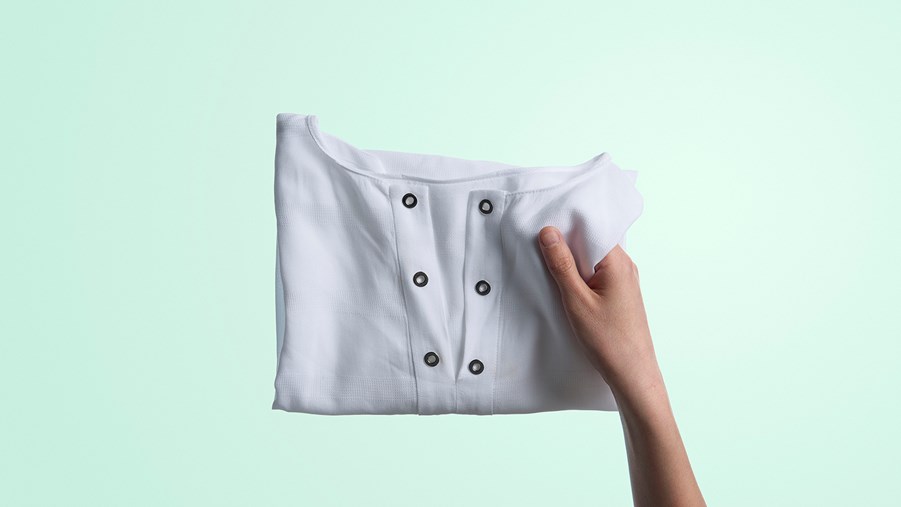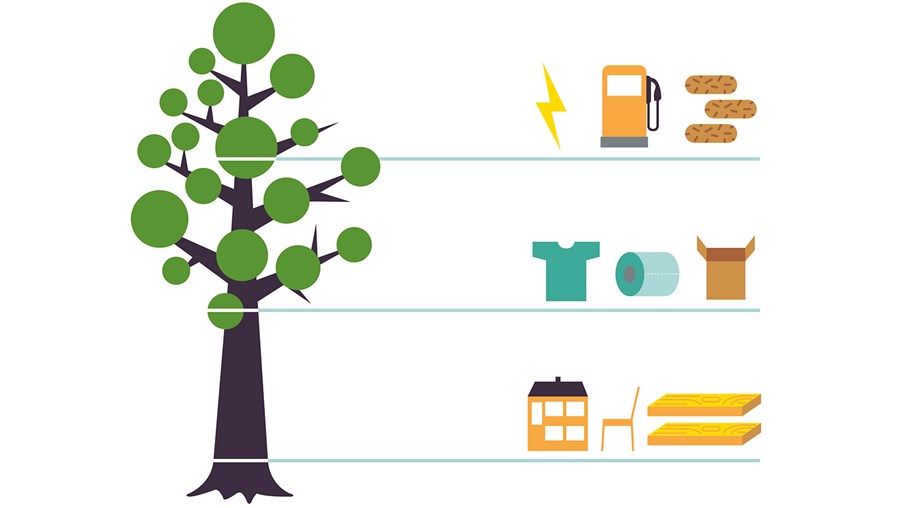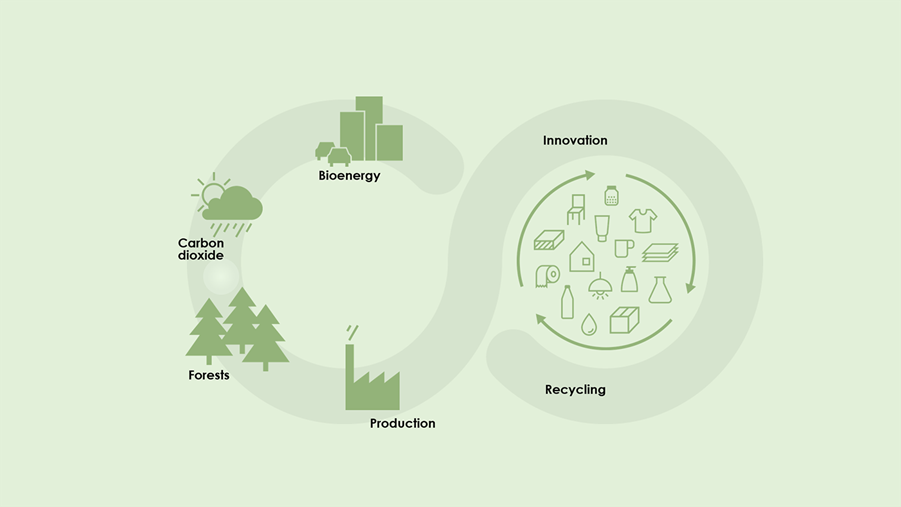
Today, we live in a consumer society that relies on – consumption. But to decrease harmful emissions such as carbon dioxide, we need to be mindful of what materials we consume.
To meet the climate target by 2030, we need to consume less, but we also need to replace fossil-based consumption with circular and biobased products such as those made from renewable forest materials. Everything made from oil can also be made from wood. For example, plastics and textiles can be made using materials from forests.
Everything that can be made from oil can be made from wood
That is right. Using trees, we can produce a material that is as soft and flexible as plastic and as hard and strong as steel. We can make everything from clothes, packaging, plastic and steel substitutes for tall buildings to energy, and fuel. Did you know that the forest-based industry is Sweden’s biggest producer of energy?
Forest-based products are part of a natural cycle that begins and ends with photosynthesis. Active forest management and forest-based products, create the conditions for a closed loop that absorbs, binds and stores carbon dioxide. It is a cycle that decreases society’s use of resources and its environmental impact. Through a more efficient use of materials, their lifespan and financial value can increase while reducing the need for new material.
The more we utilise the forest, the more it serves the climate. It allows renewable and fossil-free material from the forest to replace oil-based products and services. Through active forest management, 60 million tonnes of carbon dioxide emissions are avoided in Sweden every year. 80 per cent of the climate benefit generated in Sweden is exported abroad in the form of timber, pulp, paper and paperboard. In addition to being used to make paper and board, the pulp is also used to make textiles.
The entire tree is used
When a tree is harvested, it is efficiently used. The highest possible added value determines what will be made from the different parts of the tree. The sturdiest part of the stem becomes timber for buildings and furniture. The thinner part becomes pulp to produce paper, board and textiles. The treetops and branches, as well as waste streams from the forest industry, are used for products such as bioenergy, biofuels and other chemicals.



